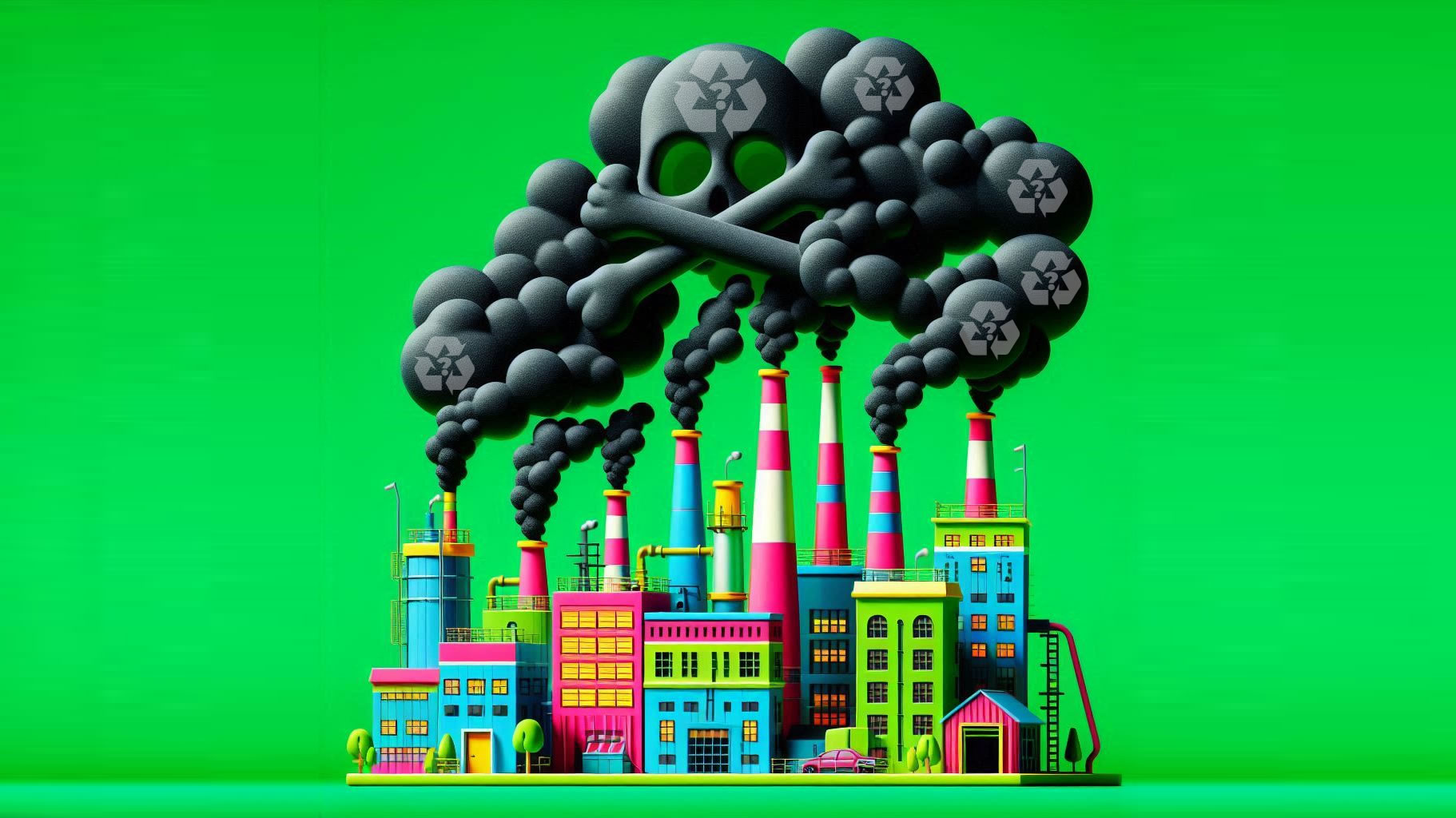Chemical Recycling… How’s that Working Out?
Recent plant closures in the chemical recycling industry have exposed a harsh reality: this much-touted solution to plastic waste is failing to deliver. The shutdowns of Regenyx in Oregon and the financial troubles of Fulcrum BioFuels in Nevada are just the latest in a string of setbacks for an industry that promised to revolutionize plastic waste management.
These facilities, despite significant investment, have struggled with technical challenges, economic viability, and perhaps most concerningly, the production of toxic residues. The Regenyx plant, for instance, was classified as a “large quantity generator” of hazardous waste, producing 211 tons of styrene waste between 2018 and 2022 that required off-site incineration.
When viewed through the lens of the zero waste hierarchy, chemical recycling falls short. It’s energy-intensive, produces harmful byproducts, and does little to address the root cause of our plastic crisis: overproduction and overconsumption.
A more promising avenue may lie in nature’s own recycling systems. Researchers are identifying bacteria and fungi capable of safely decomposing various plastics into soil nutrients, potentially creating a truly circular system. While this field is still developing, it aligns more closely with zero waste principles and ecological sustainability.
Until such solutions are fully developed, our focus should be on reducing plastic production and use, not on perpetuating a system that generates more toxic waste. It’s time to discontinue the pipe dream of chemical recycling and invest in strategies that work in harmony with natural processes, prioritizing the health of our planet and its inhabitants.
Resources:
- Another chemical recycling plant closure offers ‘flashing red light’ to nascent industry
- Latest chemical recycling plant closing spurs concern over the industry’s viability
- The plastics industry says this technology could help banish pollution. It’s ‘an illusion,’ critics say
- Nature’s Recyclers: Can Bacteria and Fungi Win the War on Plastic?

